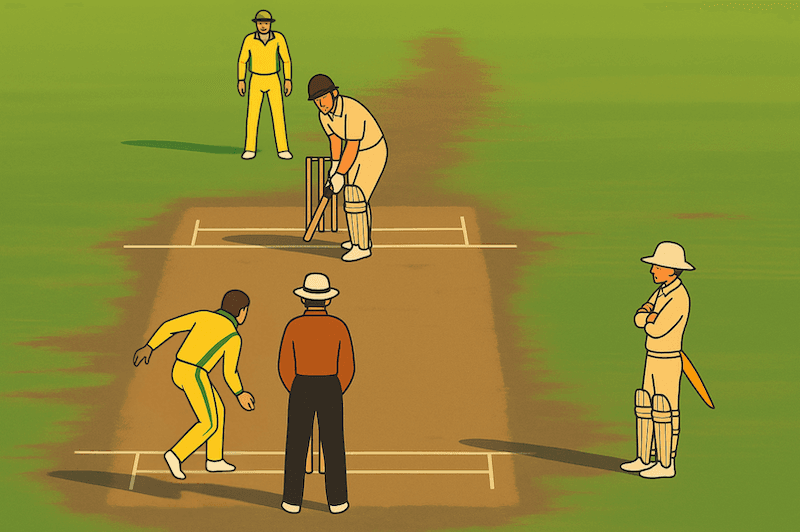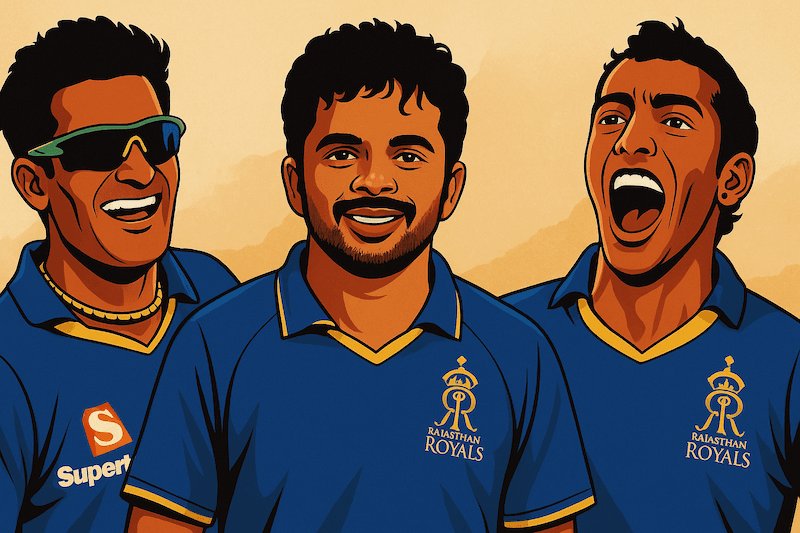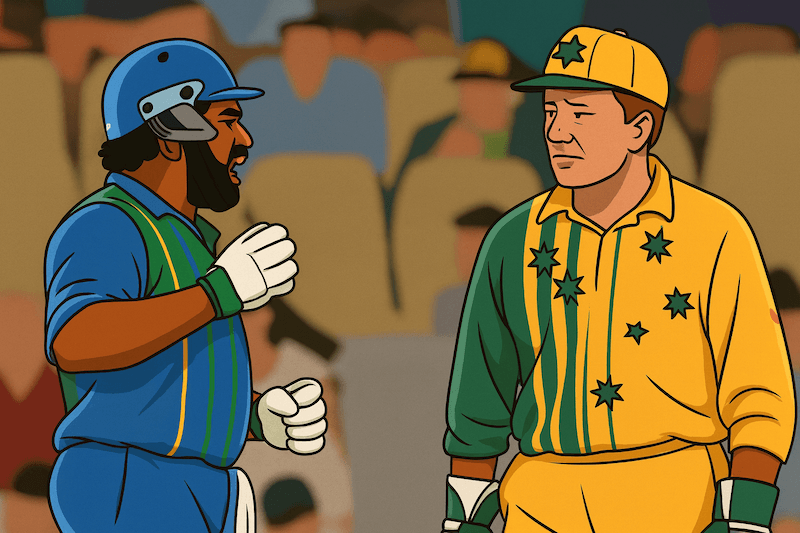
On August 20, 2006, The Oval in London witnessed something never seen before in 129 years of Test cricket — a match was forfeited. It wasn’t due to weather, injury, or protest from fans, but because a proud team felt insulted. Pakistan, led by Inzamam-ul-Haq, refused to take the field, marking one of the darkest and most emotional flashpoints in cricket history.
The Incident
- The context: England and Pakistan were playing the final Test of the 2006 series. Pakistan had dominated much of the game and looked set to win. But on the fourth afternoon, everything changed.
- The accusation: Umpires Darrell Hair and Billy Doctrove accused Pakistan of ball-tampering, awarding five penalty runs to England and replacing the ball — all without warning or clear evidence.
- Pakistan’s stand: Captain Inzamam-ul-Haq was furious. He felt the charge was a slur on the honour of his team and his country. At tea, Pakistan players stayed in the dressing room in protest, expecting a discussion or apology before play resumed.
- The breaking point: When the team didn’t return immediately, the umpires walked out, waited briefly, and then removed the bails, declaring that Pakistan had forfeited the match. Minutes later, Pakistan came out ready to continue — but it was too late. The decision stood, and England were awarded the match.
Why It Was Controversial
- No clear proof: Television replays showed nothing conclusive. No evidence ever proved Pakistan had tampered with the ball. The decision, many felt, was too harsh and too public.
- Spirit vs authority: What began as a rules issue turned into a battle of pride and respect. Pakistan believed they were being unfairly judged, while the umpires insisted they were simply enforcing the laws of the game.
- Reactions: The cricket world was divided. Some backed Darrell Hair for following the rules, while others believed he had overstepped and humiliated a team without proof. The incident quickly became a global debate about respect, pride, and the spirit of the game.
The Aftermath
- An ICC hearing later cleared Pakistan of ball-tampering, but Inzamam-ul-Haq received a four-match ODI ban for bringing the game into disrepute.
- The Oval Test officially went down as a forfeit win for England, the first in Test history. The result was briefly changed to a draw in 2008, before being reversed again in 2009.
- Repercussions for umpire Darrell Hair: The incident also changed Hair’s career. He was removed from the ICC’s elite umpiring panel, later attempting to sue the ICC and the Pakistan Cricket Board for alleged racial discrimination, though he eventually dropped the case.
Explore More Stories
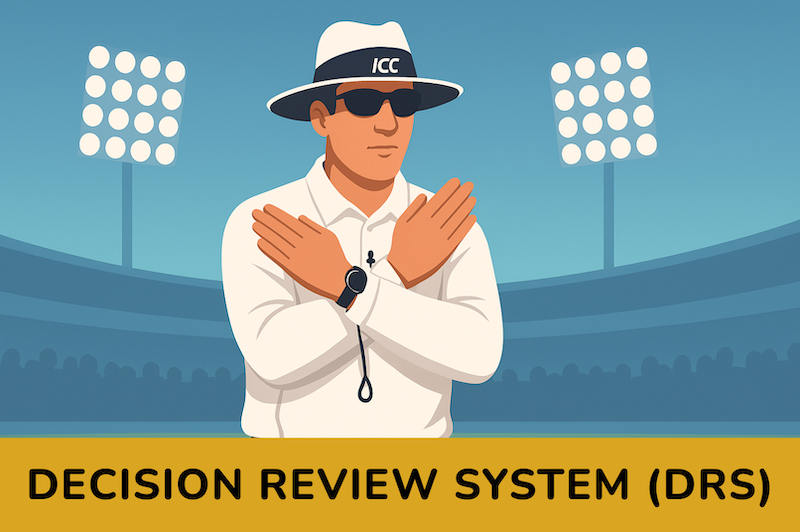
The Uneasy Marriage of Technology and Umpiring: How DRS Changed Cricket
When one wrong decision could change the course of history, cricket turned to technology. From Bucknor’s blunders to the birth of DRS, this is the story of how the game learned to trust machines without losing its human heart.
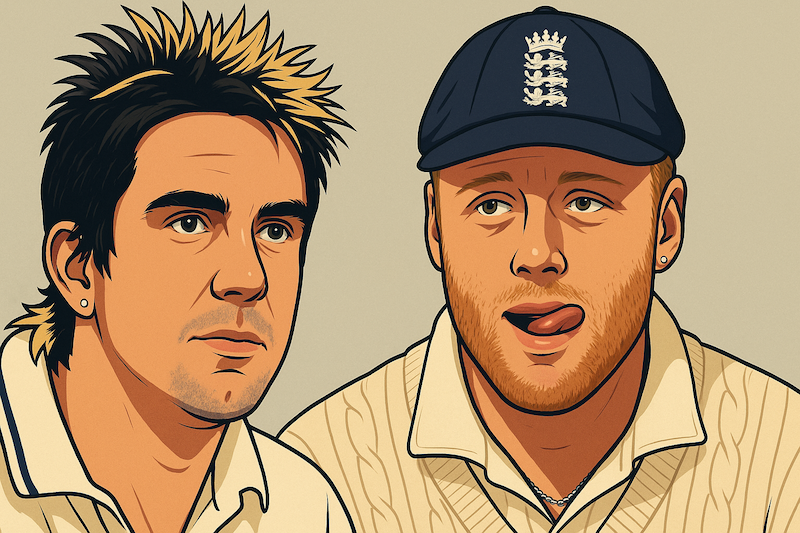
2005 Ashes: The Summer Cricket Became Theatre
The 2005 Ashes was more than just a cricket series. It was a rollercoaster of emotion, courage, and unforgettable moments that brought Test cricket back to life. England’s long wait finally ended, and the world watched history unfold.
Final Note
The 2006 Oval forfeit remains one of cricket’s most unforgettable flashpoints — a day when pride, misunderstanding, and authority collided. It wasn’t just about a ball; it was about respect, dignity, and the spirit of the game itself. In trying to uphold the laws, cricket, for a moment, lost its soul.


